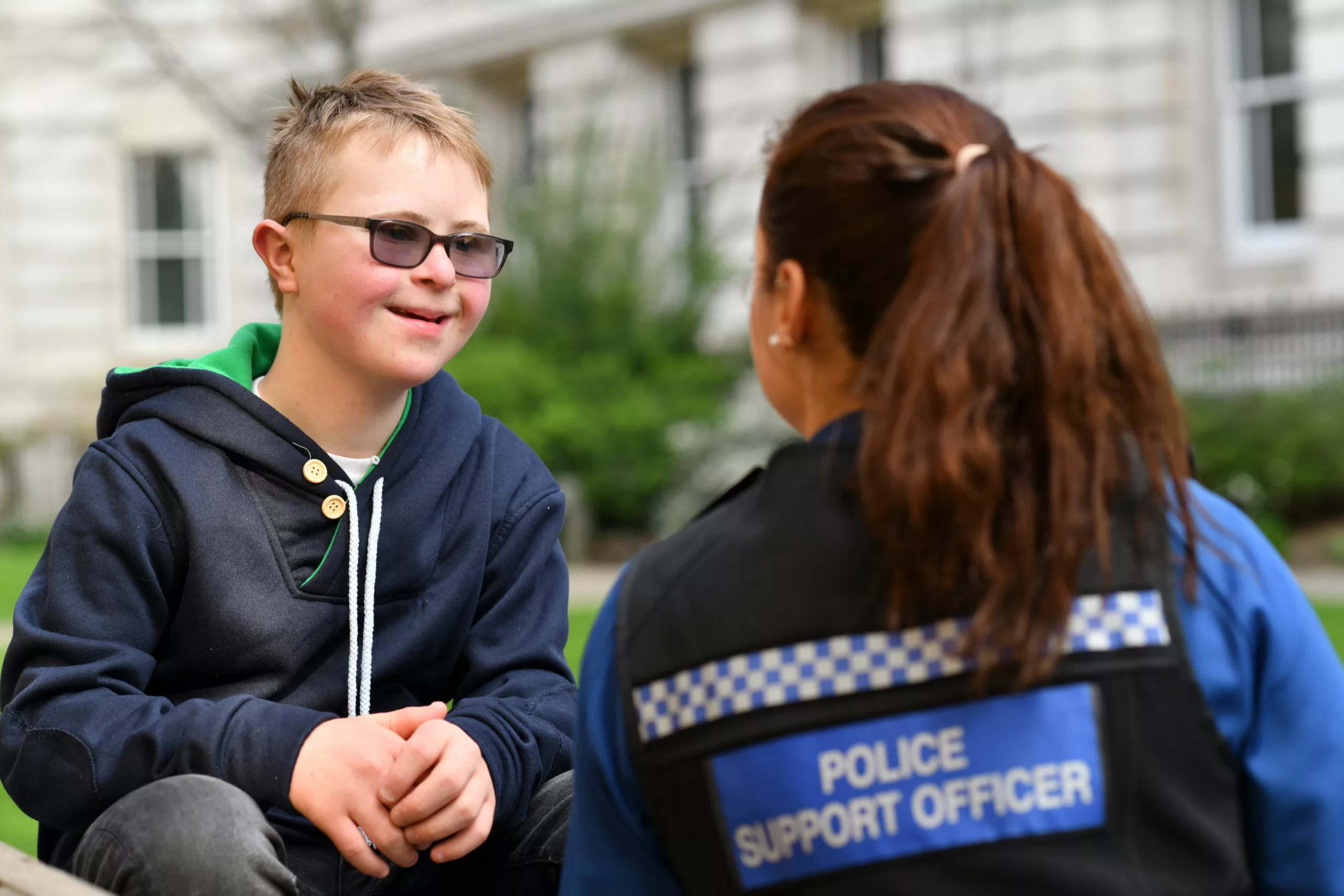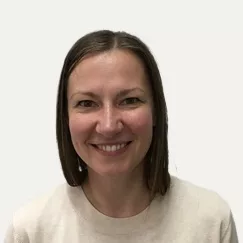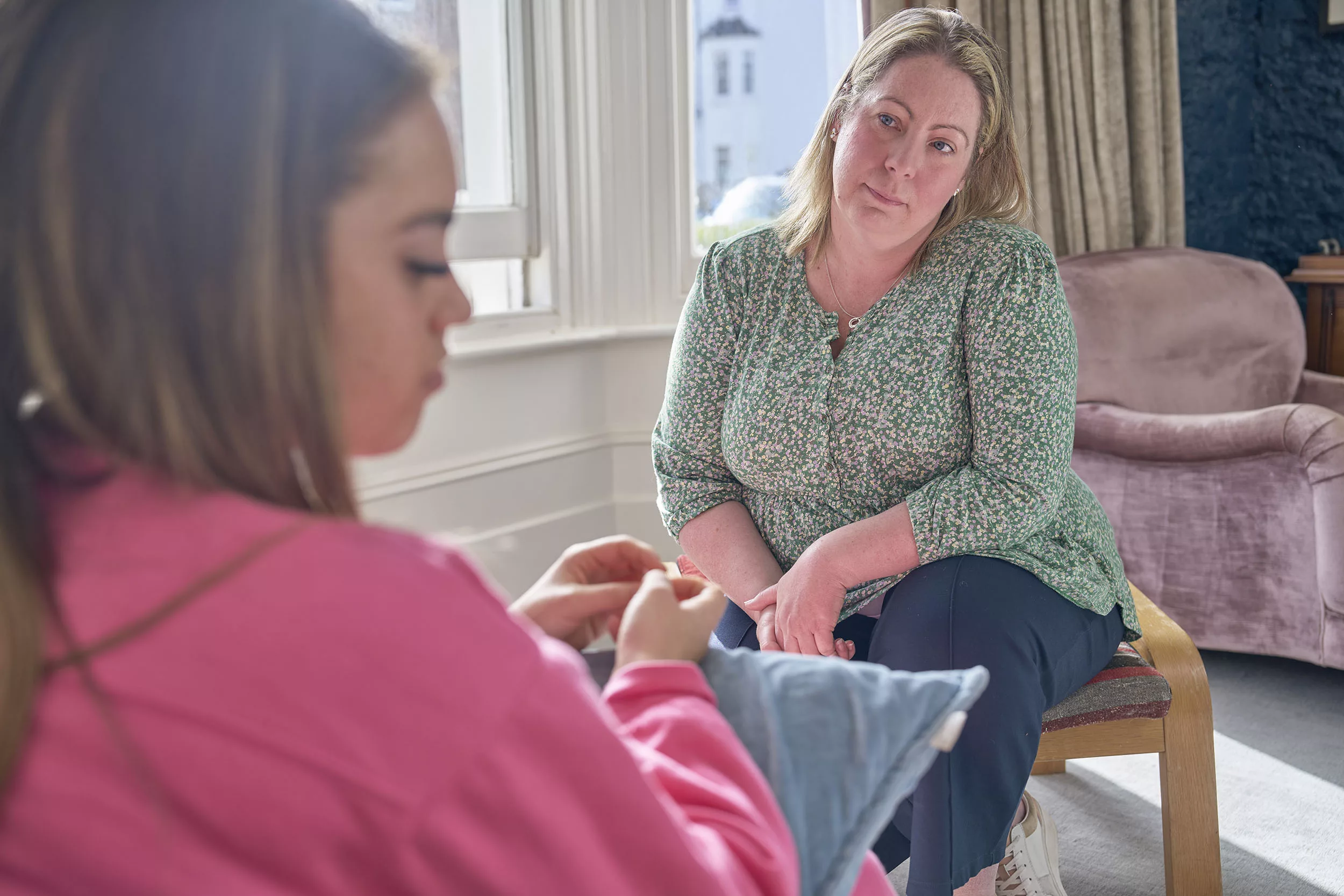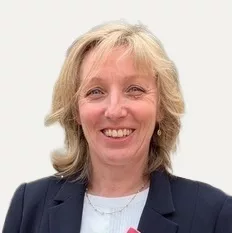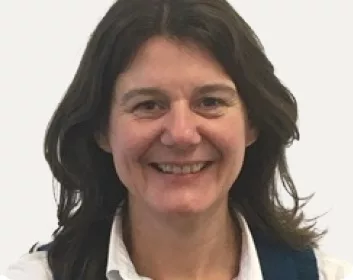More children are experiencing sexual abuse than are currently being protected, and where they live could be impacting this further.
Despite growing awareness and understanding of the extent of child sexual abuse – and an increased focus from the UK’s national governments – sadly, within our latest report, we find that fewer children are subject to intervention by children’s services for concerns of sexual abuse than since the mid-00s, with a marked drop since 1993/4.
At the CSA Centre, we strongly believe that to tackle child sexual abuse we must better understand its causes, scope, scale and impact. There are still many gaps in our knowledge and understanding, but by collecting and reviewing the best available data, and putting it in a report like this, we strive to make evidence accessible for all. Particularly for those who commission, develop and deliver services for children who may have been sexually abused. Alongside Professor Liz Kelly, I was the author of our latest review on The scale and nature of child sexual abuse in England and Wales. This review brought together the latest available data on child sexual abuse:
- reported in surveys by children, young people, and adult survivors in England and Wales
- recorded by statutory agencies (the police, local authority children’s services, sexual health clinics and sexual assault referral centres)
- recorded by hotlines and helplines (NSPCC helpline and Childline, Internet Watch Foundation, and Lucy Faithful Foundation Stop it Now!)
For those of you who are short of time but would like to get a glimpse of the headline findings, we have also published a series of infographics which summarise the key messages from this report. Within this blog I will share some reflections that have emerged while working on this report.
Children’s experiences vary according to where they live
As I was analysing data for this review, I was struck by the very large variation in the recorded cases of child sexual abuse across England and Wales. This was evident across all agencies – local authority children’s services, the police and health agencies. In short, where a child lives matters; it affects the likelihood of whether their abuse is identified and whether and how it is responded to.
These differences were most alarming in the child safeguarding data. Across England sexual abuse was named as a concern in the needs assessments of around 30,000 children and young people in 2019/20. However, the extent to which sexual abuse was recorded in such assessments varied across local authorities from none (i.e. no children were assessed as at risk of sexual abuse in a twelve-month period) to a rate of 115 assessments naming sexual abuse as a concern for every 10,000 children living in a local authority area.
Smaller but still significant variations were also evident in crime data recorded by the police which ranged from 3 to 13 child sexual abuse offences recorded for every 1,000 children living in a police force area in England and Wales in the same year. And these differences have been growing: six years earlier the same rate ranged from 1 to 4.
To add confusion, the police and local authority data did not generally follow a similar pattern: for example, local authorities that identified a high number of children at risk of child sexual abuse were not necessarily located in police forces that recorded a high number of child sexual abuse-related crimes.
More consistent identification of child sexual exploitation
Many local authorities (including those that recorded concerns of child sexual abuse in only a few assessments) identified more children as at risk of child sexual exploitation than other forms of child sexual abuse. Overall, there was much less variation in the amount of child sexual exploitation cases being identified by local authorities than was the case for other forms of sexual abuse.
This is not surprising: many local areas have prioritised the improvement of their response to child sexual exploitation over the past ten years, which has resulted in regular training and better data monitoring across police and local authorities. Such investment appears to have resulted in a more consistent response to child sexual exploitation in England. Our research with local authorities in Wales also highlighted that social workers felt more confident and better trained to identify and respond to child sexual exploitation than to other forms of child sexual abuse. A similar priority is now urgently needed to improve the consistency of response to all forms of child sexual abuse.
Child sexual abuse is under-identified in all areas
It is important to bear in mind that, regardless of where they live, a large majority of children who have been sexually abused do not come to the attention of any professional during the time they are being abused. The latest Crime Survey for England and Wales, for example, found that only around one in eight of adults who said they had been sexually abused as children had told a professional or that a professional had found out at the time. Sexual abuse is far from being a rare incident: our conservative estimate is that around 5% of boys and 15% of girls are sexually abused before the age of 16.
Implications
It is clear that child sexual abuse is significantly under-identified in all areas of England and Wales and that any differences of scale in local agency data do not reflect a difference in the actual prevalence of child sexual abuse.
Under-identification can make it hard for local leaders to prioritise child sexual abuse – particularly when other, more visible problems feel more pressing. We urge local leaders to look regularly at the amount of recorded cases of child sexual abuse in their statutory data returns and to investigate why levels may be low or dropping – bearing in mind that low numbers are reflective of poor reach and not low prevalence.
We will soon pilot our Child Sexual Abuse Response Pathway*, and resources, that will help local areas to improve their identification and response to children who have been sexually abused. We hope these tools will help improve the visibility of children at risk of child sexual abuse in all its forms.
*For more information and to keep updated on this, please sign up to our newsletter.

